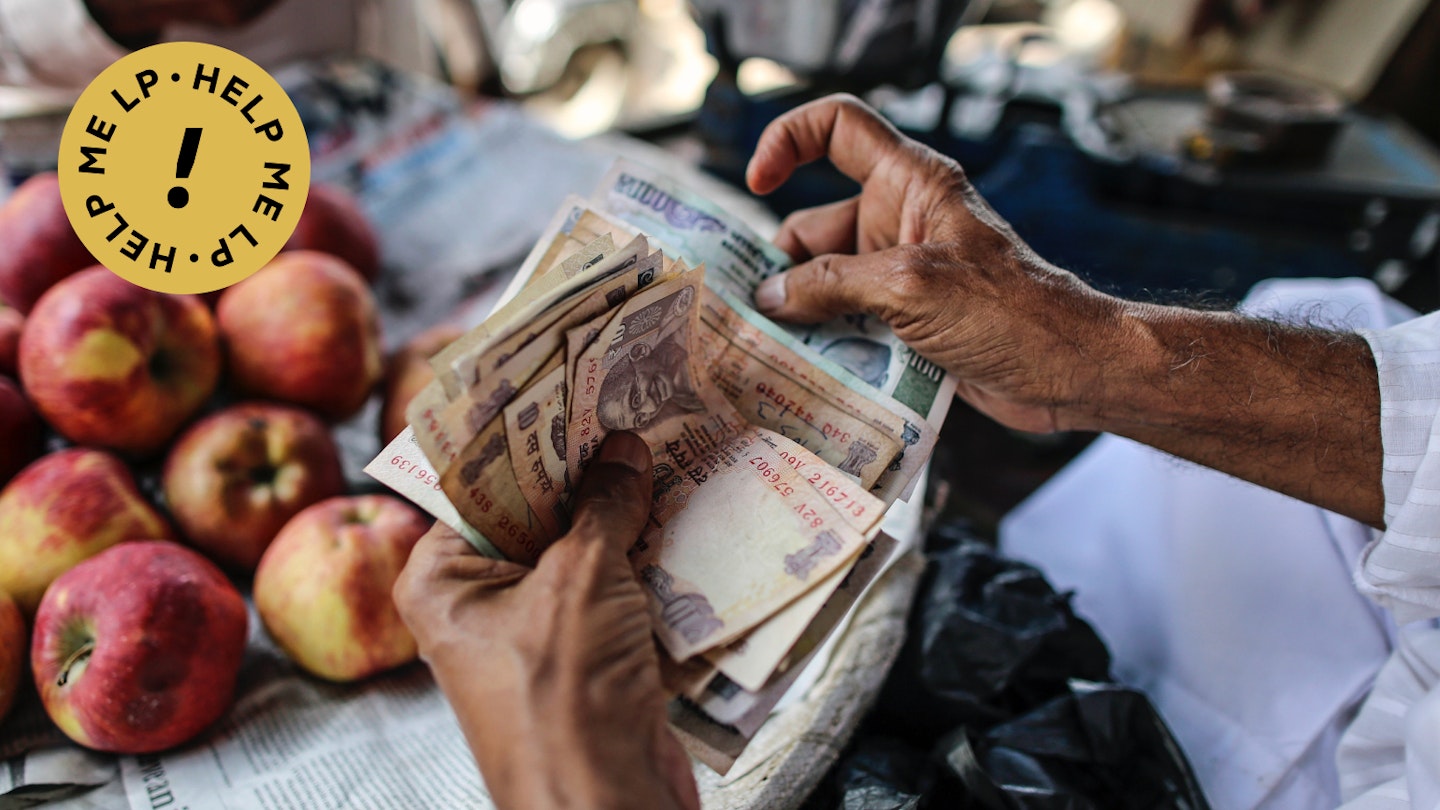Money Matters: Navigating Cash and Payment Options in India
In this series, iBestTravel’s team of writers and editors answers your travel problems and provides tips and hacks to help you plan a hassle-free trip. When it came to a question about India, we knew our local expert would have the answer.
Understanding Cash and Card Usage in India
Question: I am traveling to India next month and have heard conflicting advice on carrying cash versus a card. Do most places accept (foreign) credit cards or do I need to have cash on me?
Response: Money is a complex issue in India. Only a few years ago, the country was transitioning from a cash-based culture, where local shops would often provide sweets in lieu of change, to a more digitized economy. Today, however, QR codes, facilitating cashless transactions through services like Paytm and Google Pay, are prevalent across the country—from street stalls to auto rickshaws, and even chai vendors in tech-savvy Bengaluru who accept cryptocurrency.
Cash is King Across the Country
For the most part, cash remains a reliable method of payment in India. Despite ongoing efforts to reduce cash dependency, most places still accept it without issue. If you’re purchasing foreign currency prior to your trip, be aware that there is a limit of ₹25,000 (approximately $300) that can be imported.
Alternatively, if you’re converting currency upon arrival, it is advisable to avoid unauthorized exchange facilities. Exchange rates at airports are typically unfavorable, so seek out reputable local banks such as HDFC Bank, Axis Bank, ICICI, or the State Bank of India for better rates.
Accessing cash from ATMs using foreign cards is also possible; most ATMs accept Visa and Mastercard, with some accommodating American Express. However, be cautious of high fees associated with withdrawals, which usually have a daily limit of around ₹10,000 ($120).
Big Cities Offer More Cashless Options
While cashless payment options are on the rise, they are largely confined to major cities and can vary due to fluctuating government regulations. Restaurants and bars predominantly accept Visa and Mastercard, though virtual cards are less frequently accepted. As a side note, Indian restrictions currently prevent Apple Pay from functioning in the country.
Your existing Uber account from your home country should operate seamlessly in India. Nevertheless, setting up a new Uber or Ola account using an international card is not permitted, which can complicate transportation during your visit. Similarly, online purchases on platforms like Swiggy or Zomato may present challenges if relying on international cards.
Opt for a Combination of Payment Methods
The good news is that travelers can now utilize UPI (Unified Payments Interface), India’s digital payment system, making transactions more convenient. Various companies, including Wise and Revolut, offer travel cards that function well in India with lower fees. Note that while you may not be able to hold rupees in your Revolut account, you can certainly spend them locally.
Having a combination of cash, travel cards, and UPI at your disposal will significantly enhance your travel experience.
Embracing Generosity and Human Connection in Financial Transactions
Indians are known for their generosity; many travelers often rely on the kindness of locals. Financial transactions in India often transcend simple currency exchanges—they embody a cultural warmth and understanding. Just recently, I encountered a florist who gave me orchids for free, insisting I repay him later. Such gestures illustrate the kindness prevalent in daily life, reminding travelers not to let potential payment issues dissuade them from exploring this vibrant country.






